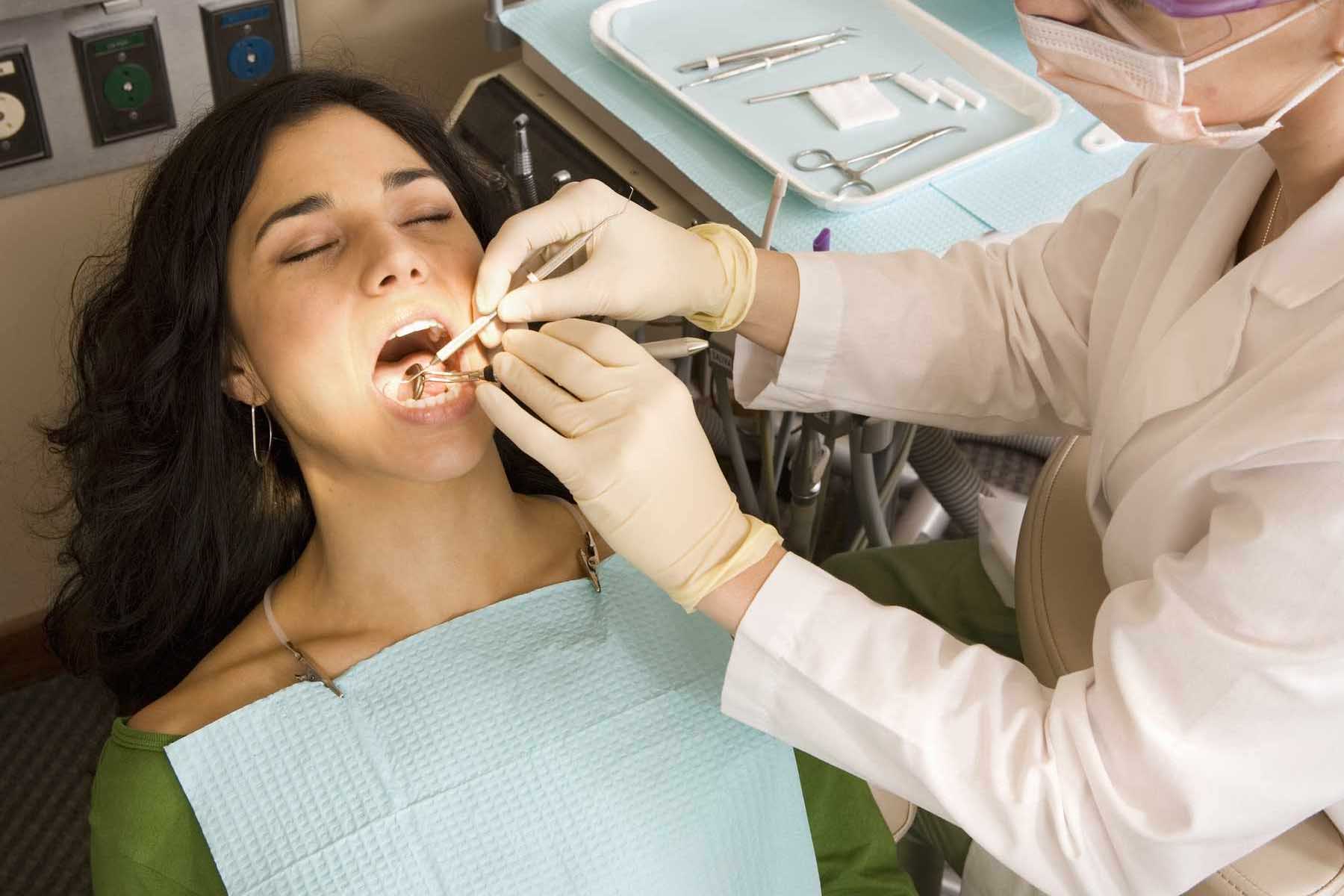
Getting a tooth pulled can sound pretty scary, but sometimes it’s necessary to keep your mouth healthy. You might be wondering if your dentist can put you to sleep for a tooth extraction. The answer is yes. This practice is popularly known as sedation dentistry. But let’s explore how it works and what to expect when you go to get sedation dentistry in Edmonton.
Why Would You Need a Tooth Pulled?
Before we dive into the details about being put to sleep, let’s understand why you might need a tooth pulled. Dentists usually try to save your natural teeth, but sometimes, removing a tooth is the best option. Here are a few reasons why a tooth might need to be extracted:
- Tooth Decay: If a tooth is badly decayed and can’t be fixed with a filling or crown, it might need to be removed.
- Crowded Mouth: Sometimes, your mouth is too crowded, and there’s not enough space for all your teeth. This is especially true if you need braces.
- Infection: If an infection reaches the pulp (the centre of the tooth with nerves and blood vessels), it might not be treatable with root canal therapy, so the tooth needs to be taken out.
- Risk of Infection: If your immune system is weak, a tooth that’s at risk of infection might be extracted to prevent further health problems.
What Does “Putting You to Sleep” Mean?
When we talk about putting you to sleep, we’re referring to a type of anesthesia called general anesthesia. A dentist near you might use the following types of anesthesia:
- Local Anesthesia: This numbs the area around the tooth so you stay awake without pain.
- Sedation: This helps you relax. It can range from mild sedation (you’re awake but relaxed) to deep sedation (you’re on the edge of consciousness but can be awakened).
- General Anesthesia: This makes you completely unconscious so that you won’t feel, see, or hear anything during the procedure.
For tooth extraction, dentists often use local anesthesia or sedation, but general anesthesia can be used for more complex procedures or if you’re very anxious.
When Might a Dentist Use General Anesthesia?
General anesthesia is usually reserved for special cases. Here are some scenarios where sedation dentistry near you might be used:
- Complicated Extractions: If a tooth is impacted (stuck in the gum or bone) or broken, it can be more difficult to remove and might require general anesthesia.
- Multiple Extractions: If you need several teeth removed at once, being put to sleep can make the process easier.
- Dental Anxiety: Some people are very afraid of dental procedures. General anesthesia can help them get the treatment they need without making them feel scared.
- Medical Conditions: Certain medical conditions might make it safer or more comfortable to be fully asleep during the procedure.
What Happens Before, During, and After General Anesthesia?
A. Before the Procedure:
- Consultation: Your oral surgeon will discuss your medical history, any medications you take, and any allergies you have. It is to make sure general anesthesia is safe for you.
- Instructions: You’ll get instructions on how to prepare. It might include not eating or drinking anything for a certain period of time before the procedure.
B. During the Procedure:
- Administration: An anesthesiologist or a specially trained dentist will administer the general anesthesia through an IV or a mask.
- Monitoring: Your vital signs (like heart rate, blood pressure, and oxygen levels) will be closely monitored throughout the procedure to ensure your safety.
C. After the Procedure:
- Waking Up: You’ll wake up in a recovery room. It might take a little while to wake up and feel fully alert.
- Feeling Groggy: It’s normal to feel groggy and a bit out of it for a few hours after waking up. You’ll need someone to take you home and stay with you until the anesthesia wears off completely.
- Post-Op Care: Your dentist will give you instructions on how to care for your mouth after the extraction. It might include eating soft foods, avoiding straws, and taking prescribed medications.
Is It Safe?
General anesthesia is safe, especially when performed by experienced professionals. However, like any medical procedure, it comes with some risks. These risks can include allergic reactions, breathing problems, or complications related to your specific health condition. Your dentist or anesthesiologist will take every precaution to minimize these risks.
How to Decide What’s Best for You
Deciding whether to use general anesthesia for a tooth extraction depends on various factors, including the complexity of the extraction, your level of anxiety, and your overall health. Here are some steps to help you make the decision:
- Talk to Your Dentist: Ask questions and express concerns about the procedure.
- Consider Your Anxiety: If the thought of the procedure makes you extremely anxious, discuss sedation options with your dentist.
- Evaluate the Risks: Understand the potential risks and benefits of general anesthesia in your specific case.
- Follow Professional Advice: Trust the guidance of your dental and medical professionals, as they have the expertise to recommend the best approach for your situation.
Endnotes
Yes, a dentist can put you to sleep for a tooth extraction if needed. General anesthesia is an option for those who have complex extractions, need multiple teeth removed, or have significant anxiety about the procedure. With the right care and preparation, the process can be much less scary than it sounds.
However, it’s important to have a thorough discussion with your dentist in Edmonton to understand the best approach for your dental health and to ensure a safe and comfortable experience. At Unity Square Dental, we listen to our patients carefully before treating them to make sure they are in proper comfort.

